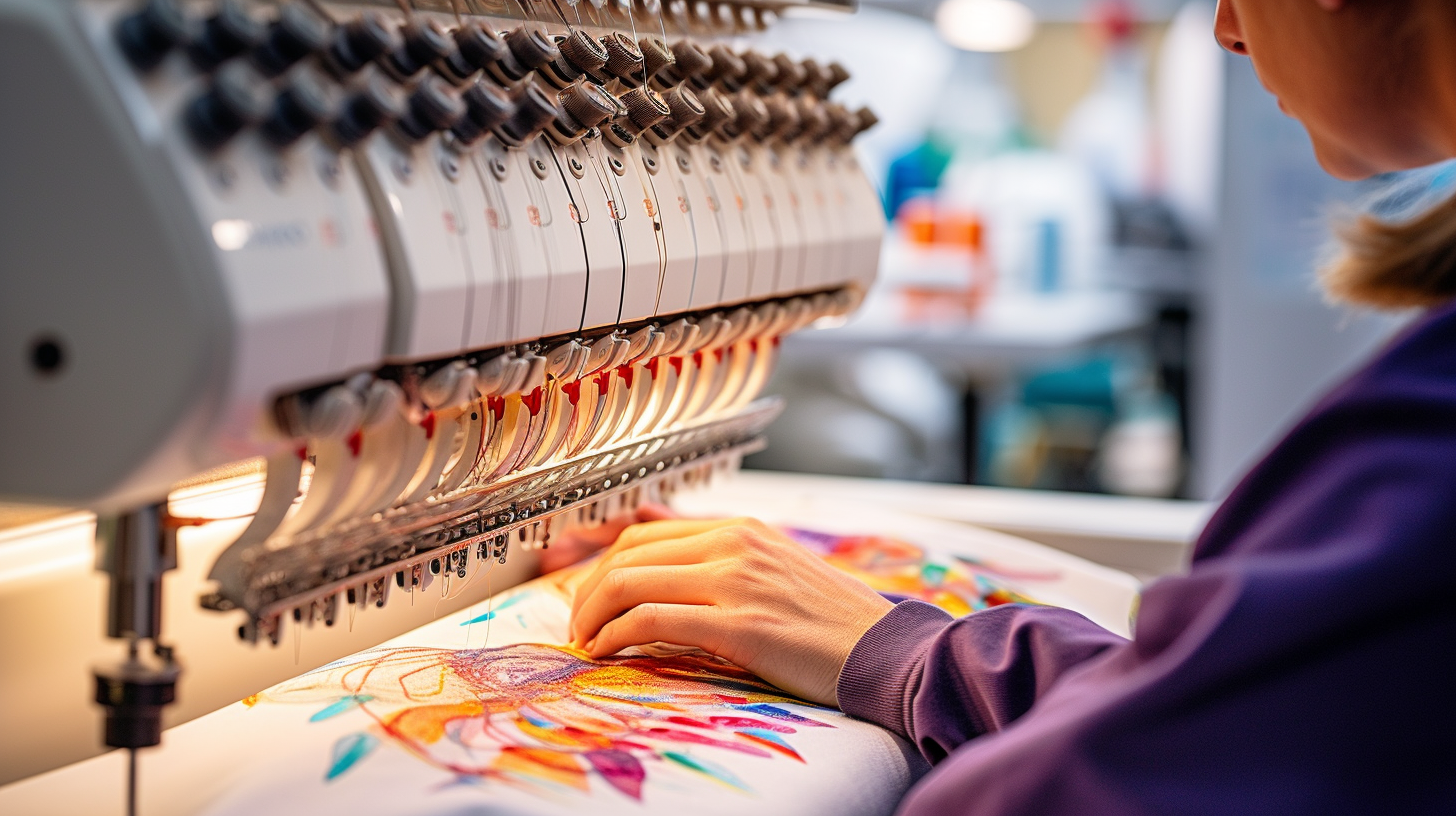Comprehensive Digitizing for Embroidery: From Style to Sew
Comprehensive Digitizing for Embroidery: From Style to Sew
Blog Article
Discover Different Kinds Of Embroidery Digitizing Methods
Embroidery digitizing has actually progressed considerably over the years, supplying a myriad of techniques to bring layouts to life in the digital world. The world extends to a lot more innovative methods like photorealistic embroidery digitizing and the remarkable realm of 3D embroidery digitizing.
Standard Hand Needlework Digitizing
Standard hand embroidery digitizing includes the procedure of transforming intricate hand-stitched layouts right into electronic layouts for equipment embroidery. This method requires experienced artisans to meticulously examine the handcrafted style and after that use specialized software application to recreate it in a digital layout. Each stitch, color, and information has to be meticulously translated to make certain that the significance of the original hand embroidery is preserved in the electronic variation.
One of the essential obstacles of typical hand embroidery digitizing is recording the intricacies and subtleties of the handmade design. Digitizing for Embroidery. Artisans need to possess a deep understanding of different needlework techniques, such as satin stitch, chain stitch, and French knots, to accurately reproduce these methods in the electronic world. Furthermore, they need to have an eager eye for detail to guarantee that the electronic layout keeps the exact same level of creativity and workmanship as the initial hand-stitched item
Punching Technique
To effortlessly shift from conventional hand needlework digitizing to the punching strategy, artisans must now focus on transforming the intricate digital layouts right into guidelines that needlework equipments can interpret. The punching method entails making use of specialized software to produce electronic data which contain commands for the needlework device to comply with. This procedure requires a deep understanding of not just the style itself however also the abilities and restrictions of the embroidery device.

Auto-Digitizing Software Application Programs
Embroidery digitizing has actually been changed by the arrival of auto-digitizing software programs, offering craftsmens with innovative devices to transform digital styles into embroidery machine directions effectively. Auto-digitizing software program programs utilize algorithms to analyze electronic photos or vector files and produce embroidery styles automatically. These programs permit quick and exact conversion of intricate layouts into stitch patterns, saving effort and time for embroiderers.
One of the key advantages of auto-digitizing software application is its user-friendly interface, making it easily accessible to both newbies and knowledgeable digitizers. These programs frequently include attributes such as stitch modifying devices, thread shade matching, and the ability to sneak peek the final embroidered layout. Additionally, auto-digitizing software application can take care of complicated designs with numerous colors and complex information, producing high-quality needlework data suitable for different apparel and textile projects.
While auto-digitizing software program offers ease and performance, it is important for article users to recognize the limitations of automated digitizing. Fine-tuning and hands-on changes might still be required to attain the desired embroidery top quality, especially when dealing with complex or one-of-a-kind layouts. By leveraging the capacities of auto-digitizing software along with manual digitizing methods, artisans can boost their embroidery digitizing process and develop spectacular stitched pieces.
Photorealistic Needlework Digitizing
Utilizing sophisticated digital imaging methods, accomplishing photorealistic lead to needlework digitizing has ended up being an in-demand other skill amongst contemporary artisans. This method includes transforming high-resolution photos right into complex stitch patterns that very closely simulate the original style, leading to needlework pieces that exhibit natural detail and deepness.
To attain photorealistic needlework digitizing, artisans need to possess an eager eye for information and an extensive understanding of exactly how various stitch kinds and densities can impact the final end result. By meticulously drawing up each color and shade in the picture, embroiderers can develop a digital file that overviews the needlework device to replicate the nuances of the initial image accurately.
Photorealistic embroidery digitizing is especially preferred in producing customized designs for garments, home decoration, and art pieces where recording the essence of a photo or artwork is crucial. This strategy enables craftsmens to change memories, landscapes, portraits, and elaborate art work into magnificent stitched work of arts that display a blend of conventional workmanship and cutting-edge modern technology.
3D Needlework Digitizing
With the advancement of electronic imaging methods in accomplishing photorealistic lead to embroidery digitizing, the expedition of 'D Embroidery Digitizing' provides a brand-new dimension to the intricacies of design duplication. 'D Needlework Digitizing' describes the three-dimensional digitizing strategy that adds deepness and appearance to embroidery styles, producing an extra realistic and visually appealing end product. This strategy uses software program that imitates the effect of light and darkness on the needlework style, boosting its overall aesthetic effect.
One of the essential advantages of 'D Embroidery Digitizing' is its ability to make layouts look more natural and dynamic. By adding deepness to the needlework design, the final product appears much more realistic and fascinating (Digitizing for Embroidery). Additionally, this strategy enables more creative freedom in style you could look here implementation, allowing embroiderers to experiment with various structures and impacts that were formerly testing to accomplish
Final Thought

Report this page